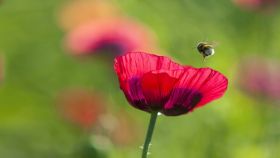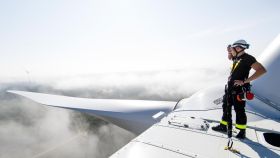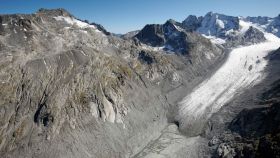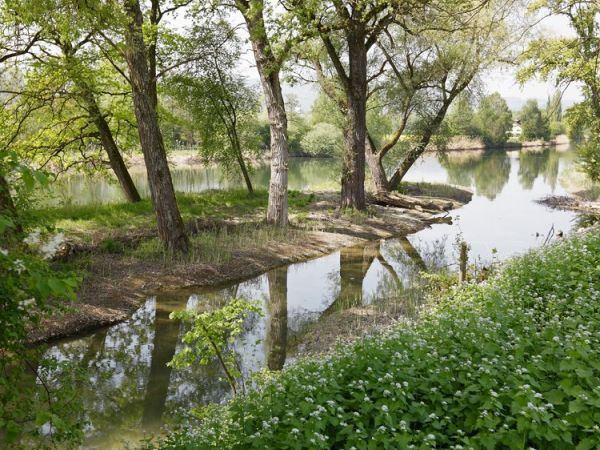
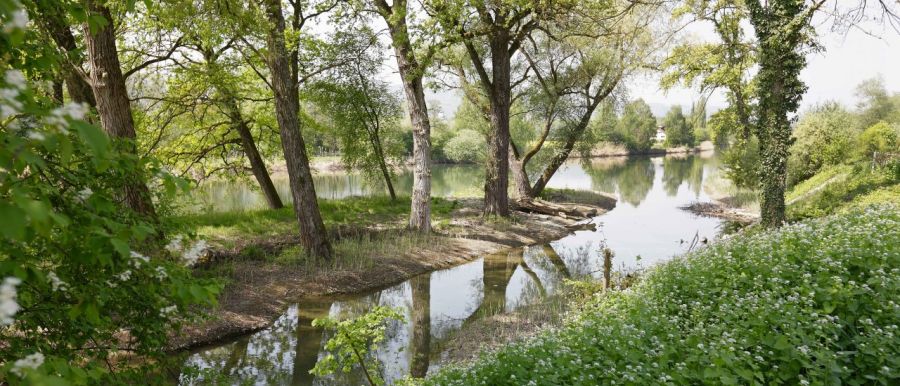
Through monitoring programmes, we continuously monitor biodiversity in the vicinity of our hydropower plants and our other operating sites. Among other things, we want to identify endangered species on the IUCN Red Lists as well as national priority species in order to define appropriate measures for their protection and support. We aim to achieve the status of ‘ecologically valuable habitats’ for at least 30% of ewz’s operating sites by 2030.
«naturemade star» is the Swiss label for green power from hydroelectric and other renewable sources like sun, wind and biomass. Around one third of the electricity produced by ewz hydropower plants comes from five naturemade star-certified power plants located in the cantons of Aargau, the Grisons and Zurich. The ecological requirements of the naturemade star-certification ensure appropriate residual water volumes. Moreover, they guarantee natural discharge dynamics. ewz thus preserves the diversity of aquatic habitats, which is characterized by a variety of flora and fauna in the naturemade star-certified power plants.
ewz maintains a number of funds for ecological improvement measures. For every kilowatt-hour of naturemade star-certified electricity sold, CHF 0.007 goes into one of these naturemade star funds. A total of about CHF 4 million is available annually for the promotion of biodiversity. These funds are used to restore habitats like flowing water and wetlands, and to support domestic biodiversity. The focus of the nature conservation projects is on the catchment areas of certified ewz power plants as well as on areas in the vicinity of end users.
The green and open spaces are maintained in a natural manner and without the use of fertilisers or pesticides in order to protect native animals and plants. ewz has operating sites in the cantons of Zurich, Graubünden and Aargau, which cover a total area of 175,000 m2 . ewz applies specific green space concepts for the sites in the cantons of Zurich and Aargau. These include the promotion of ecologically valuable habitats in accordance with the City of Zurich's biotope type mapping. Examples of ecologically valuable habitats include rough grassland, ruderal vegetation, wild hedges and valuable trees. By 2030, all ewz sites should consist of at least 30% ecologically valuable habitats. Currently, 56% of all ewz operating sites in the city and canton of Zurich and in Aargau are designated as ecologically valuable habitats.
